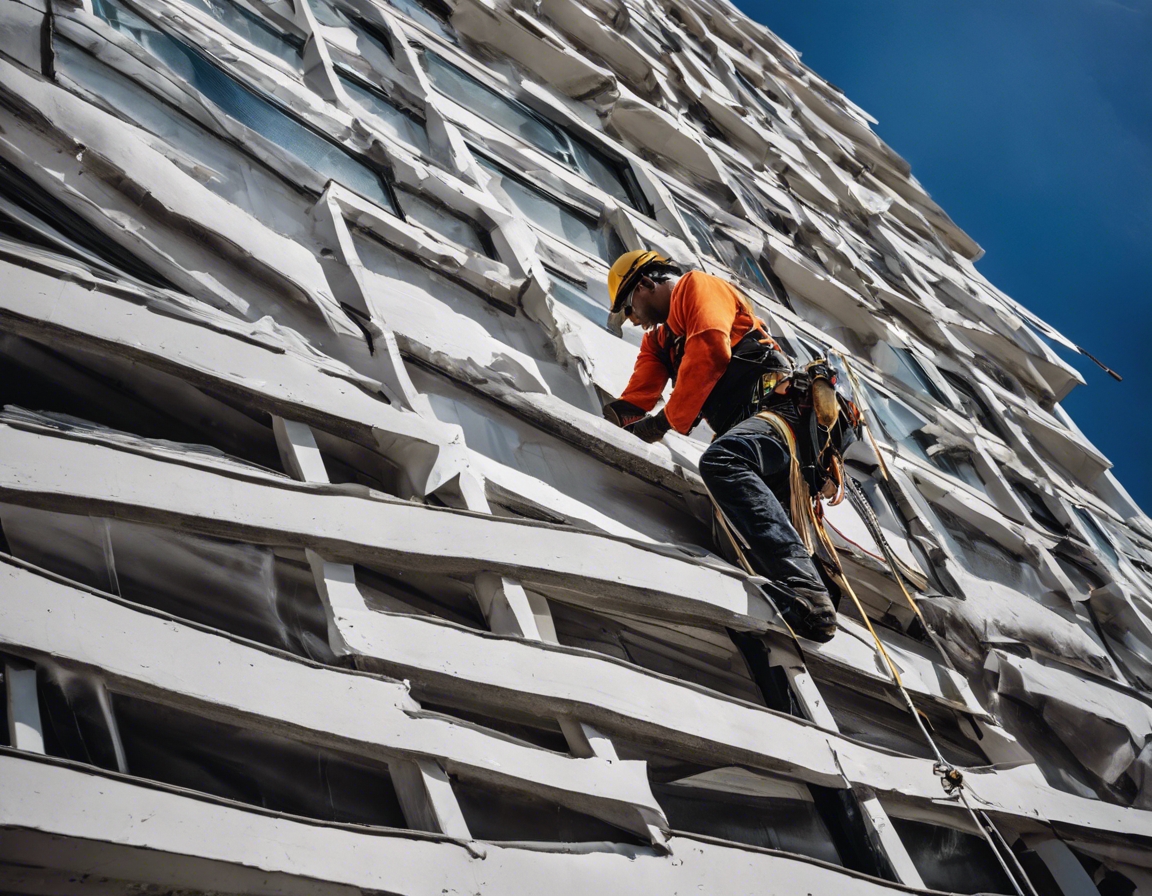The ultimate guide to silicone works for waterproofing
Waterproofing is a critical step in construction and renovation projects, ensuring that buildings are protected from water damage, which can lead to structural issues, mold growth, and deterioration of building materials. Silicone works play a pivotal role in creating effective barriers against moisture intrusion.
Silicone sealants are renowned for their durability, flexibility, and resistance to extreme temperatures and environmental conditions. Their ability to adhere to a variety of surfaces makes them an ideal choice for waterproofing applications in construction.
Understanding Silicone Sealants
Silicone sealants are made from silicone polymers and are known for their elasticity and long-lasting properties. They are resistant to water, chemicals, and UV radiation, which makes them suitable for both indoor and outdoor use.
There are various types of silicone sealants available, each designed for specific applications. These include acetoxy silicone sealants for general-purpose sealing, neutral cure silicone sealants for sensitive materials, and specialty sealants for extreme conditions.
Preparation for Silicone Waterproofing
Proper surface preparation is essential for the successful application of silicone sealants. Surfaces must be clean, dry, and free of any contaminants that could affect adhesion.
Applying silicone sealants requires specific tools such as caulking guns, spatulas, and cleaning solvents. It's important to have all necessary materials on hand before beginning the waterproofing process.
Application Techniques for Silicone Waterproofing
When sealing joints and gaps, it's crucial to apply the silicone sealant evenly and smoothly to ensure a watertight seal. Techniques such as 'tooling' can help achieve a professional finish.
In areas prone to water exposure, such as bathrooms and kitchens, specific waterproofing techniques must be employed to prevent leaks and water damage.
Maintenance and Repair
Regular inspection of silicone waterproofing is necessary to maintain its effectiveness. Checking for signs of wear and tear can help identify areas that may need attention.
If damage is detected, it's important to repair or replace the affected silicone sealant promptly to prevent water ingress.
Best Practices and Tips
Selecting the appropriate silicone sealant for the job is crucial for ensuring long-term waterproofing performance. Factors such as the environment, substrate, and expected movement should be considered.
Applying silicone sealant correctly is key to its effectiveness. Tips such as cutting the nozzle at the right angle and applying in optimal weather conditions can greatly enhance the sealant's performance.








Comments (0)